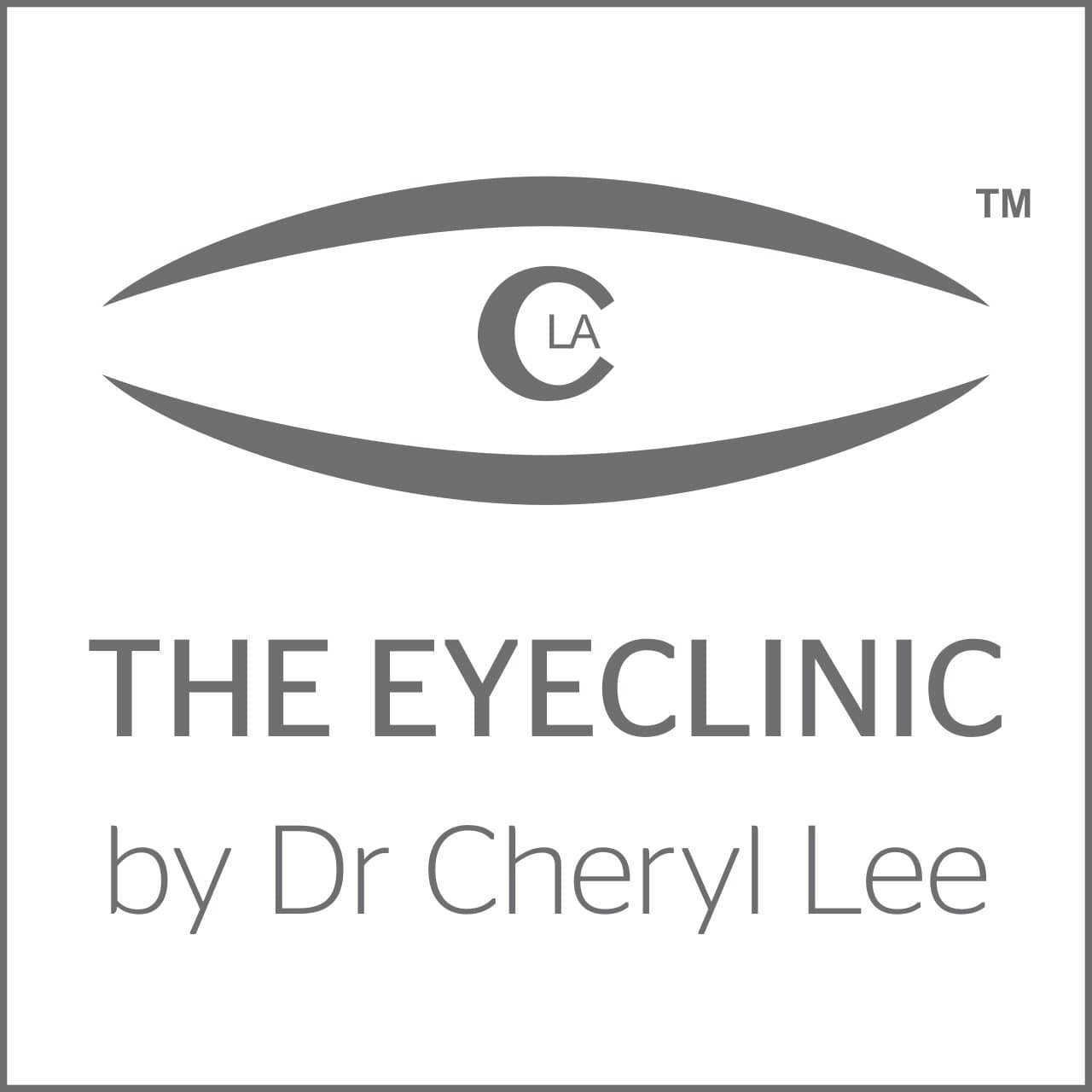Your questions are practical and I will answer some of them here.
Do Blue Light Glasses Work?
Are they just hype?
Is it worth the extra money?
The American Academy of Ophthalmology (AAO) says you don’t need them and has gone on record as not recommending any kind of special eyewear for computer users. The organisation says blue light from digital devices does not lead to eye disease and doesn’t even cause eyestrain. The problems people complain about are simply caused by overuse of digital devices, it says.
“The symptoms of digital eye strain are linked to how we use our digital devices, not the blue light coming out of them,” the AAO says.
What blue light does is that affects your brain’s production of melatonin. Melatonin is important for good sleep so yes, screen time before bed does affect your quality of sleep. Turning on the blue light filter from the source (phones, ipads, computers) is much more effective than blue light glasses.
If you want to avoid digital eye strain remember to take breaks every 20 minutes and turn to an activity that rests your eyes by not focussing on near things. You can turn down the brightness or add a dark chrome reader which you would have seen if you have been to my consult room to see my computer.
So save your money on blue light glasses, nothing beats eye breaks!I
What Are My Alternatives To Lasik? Are There Non-Surgical Options?
But What If I Don’t Want The Daily Hassle?
Many of my patients ask this because they may have had friends who had Lasik and have heard of the dry eyes associated with it. Some others ask because are not ready for surgery. Some others have thin corneas and have failed Lasik assessment. Some do not like the idea of their corneas removed during Lasik.
We have listened to you, our patients, and we have two solutions.
One option is a special lens we call The Good Night Lens. It is is an extremely high oxygen permeable contact lens that shapes the cornea. The lenses are specially designed to be worn while sleeping and taken out upon waking. This gives you perfect sight in the day, removing the need for daytime contact lenses and spectacles. Because they are worn while sleeping, these lenses also remove the dryness and discomfort of daytime contacts and gives you freedom and comfort.
For those of you who say” but it I don’t want to wash my lenses daily and I don’t want any hassle and I also don’t want Lasik “, there a a wonderful reversible option with a high end Swiss Lens called the Implantable Collamer Lens (ICL). It is a customised lens placed in your eye which works with your natural lens to correct your vision. It has been termed BEYOND LASIK because unlike LASIK there is no corneal destruction and is thus reversible. This means less or even none of the short and long term side effects of LASIK.
Why Do I Have Blurred Vision After Cataract Surgery?
Is there such a thing as a second cataract?
I remember my grandmother going through cataract surgery about 30 years ago whilst I was still a junior college student. She was anxious and I remember her having a bruise around her eye because she put on her protective shield so tightly for many days after the cataract surgery. Understandably when her vision became blurred again years later, she refused to have her eyes checked for fear she would have to go through cataract surgery again. This memory of my Grandma has had a large impact on my care for all my patients undergoing cataract surgery. I realise how important it is to tell patients what to expect in the short and long term because it would allay their fears as they know how to react when it occurs.
Cataracts once properly removed surgically will never grow back again. The surgery is once in a lifetime. However, over time, there is some haziness of the vision due to the growth of epithelial lens cells. which causes the lens capsule to thicken and become slightly opaque. This is called a posterior capsular opacification (PCO). PCO is NOT a result of a complication during or from your cataract surgery. It is however an unavoidable after effect of cataract surgery. It is easily treated, and the vision is restored very quickly; as long as there is no other associated ophthalmic pathology.
Why does this happen?
The natural lens in the eye is surrounded by a capsule rather like the chocolate of an M n M surrounded by say a green coating. During cataract surgery the lens (chocolate) is removed through a small incision in the front of the lens capsule and the new intraocular lens is put in its place. Inside the original lens are epithelial cells, during cataract surgery these cells are removed with the cloudy lens, however it is unavoidable that some of the microscopic cells may remain. These epithelial cells grow along the lining of the capsule that is behind the intraocular lens. This is the Posterior Capsule Opacity (PCO).
What should be done?
The treatment is easy, very safe, takes a few minutes, is painless and the vision is restored the minute the dilating drops wear off. I have yet to see any complications of the treatment. At The Eyeclinic by Dr Cheryl Lee, it is even more convenient as the Yag Laser machine is in the clinic.
Dilating eye drops, a painless laser whilst you are sitting up and it’s done, and you can do everything as per normal.
It is also done just once ever, and it doesn’t grow back again. Why? Because there is no scaffold for the epithelial cells to grow on anymore. That’s why one shouldn’t delay treating a PCO when it forms.




